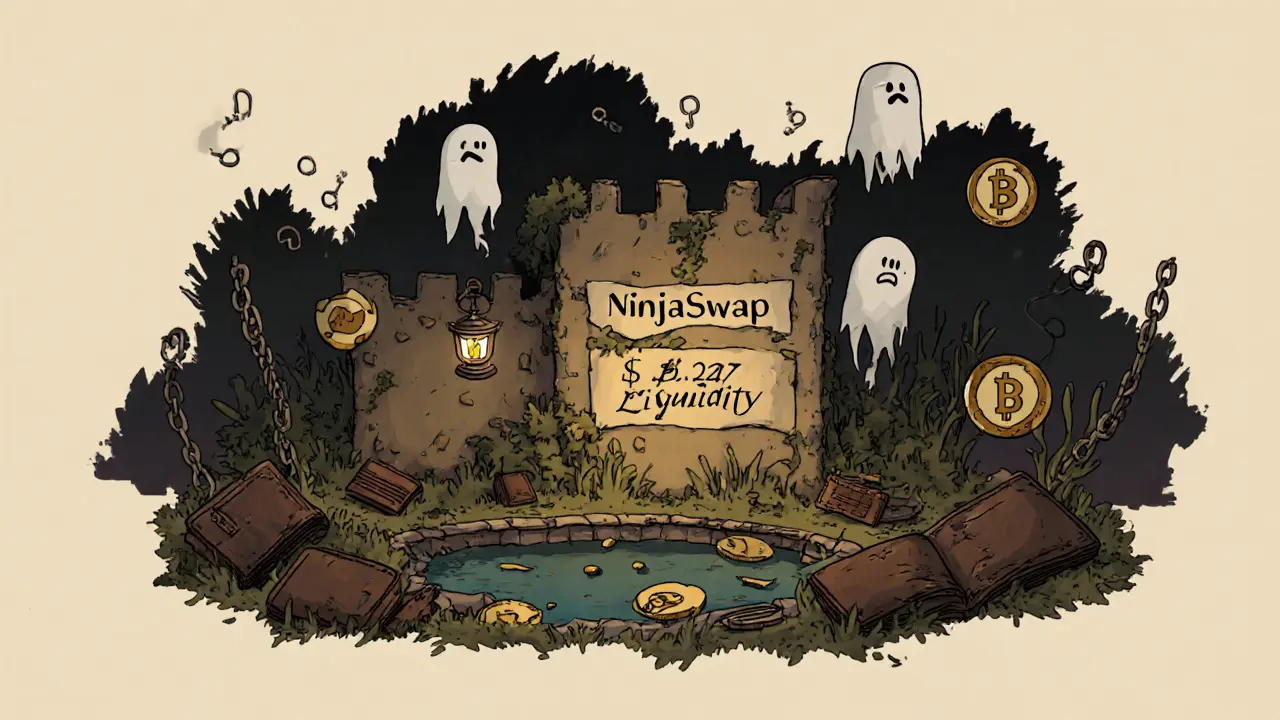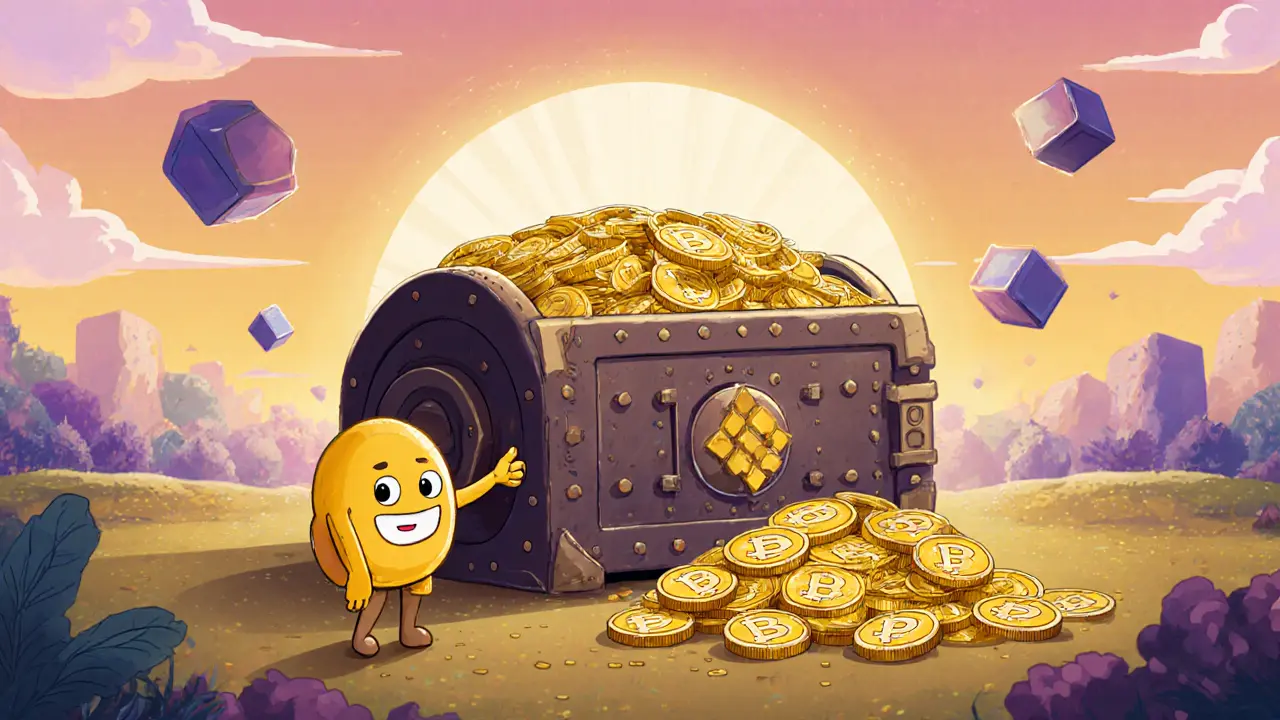Binance Smart Chain – Your Guide to BNB, DeFi, and GameFi
Binance Smart Chain, a blockchain that runs parallel to Binance Chain, offering smart‑contract capability and low fees. Also known as BSC, it supports a wide range of decentralized apps.
When you hear about Binance Smart Chain you’re really hearing about a platform that makes transactions fast, cheap, and developer‑friendly. The chain’s block time is about three seconds, and gas costs are a fraction of Ethereum’s. That speed‑and‑cost combo lets projects launch without waiting for pricey confirmations.
Key Building Blocks on Binance Smart Chain
On BSC, the native token BNB, the fuel that powers transactions and staking on the network pays for every smart‑contract call. Without BNB, nothing moves. Another core piece is the BEP‑20 token standard. BEP‑20 tokens behave like ERC‑20 tokens on Ethereum, but they benefit from BSC’s lower fees and faster finality. Because of that, many DeFi protocols, GameFi titles, and airdrop campaigns choose BEP‑20 as their default token format.
These pieces create a simple semantic chain: Binance Smart Chain enables fast, low‑cost transactions; BEP‑20 tokens run on Binance Smart Chain; BNB is required to pay gas fees on Binance Smart Chain. Each link reinforces the next, making the whole ecosystem more accessible.
DeFi on BSC has exploded. Yield farms, lending platforms, and automated market makers (AMMs) let users earn interest or trade without a central exchange. Because gas is cheap, users can compound earnings multiple times a day without eating into profits. GameFi projects also love BSC – the low cost lets developers drop NFTs, run play‑to‑earn battles, and distribute rewards via airdrops without breaking the bank.
Airdrops are a favorite way to bootstrap communities. Many projects announce token drops, require a small BNB stake, or ask users to hold a BEP‑20 token. The result is a burst of activity that brings new users onto the chain, adds liquidity, and creates buzz. Our collection below includes step‑by‑step guides on how to prepare for airdrops, safety tips, and real‑world examples from recent BSC campaigns.
Security matters too. Multisig wallets, audit reports, and on‑chain analytics help protect funds. When a project uses a multisig treasury on BSC, it reduces the risk of a single point of failure. Likewise, tools that scan BEP‑20 contracts for vulnerabilities give developers a safety net before launch.
Beyond the technical side, the community drives adoption. Forums, Telegram groups, and Discord channels share tips on gas optimization, token swaps, and yield strategies. Knowing where to ask questions can save you hours of trial and error.
Below you’ll find a curated list of articles that dig deeper into each of these topics – from airdrop preparation guides and DeFi tutorials to GameFi project reviews and security best practices. Dive in to sharpen your BSC knowledge and start applying what you learn today.
NinjaSwap Crypto Exchange Review: Is This DEX Still Functional?
NinjaSwap is a dead crypto exchange with zero trading volume, no audits, and no users. Its NINJA token has no liquidity or market value. Avoid this platform entirely - it's not worth the risk.
PlaceWar NFT Tank Drop Airdrop Details, Eligibility, and What to Watch For
Discover what we know about PlaceWar's NFT Tank Drop airdrop, eligibility clues, technical basics, and how to stay ready for the claim.
BSC AMP (BAMP) Airdrop Details: What You Need to Know
Explore what the BSC AMP (BAMP) airdrop could look like, token details, eligibility clues, and how to avoid scams.







